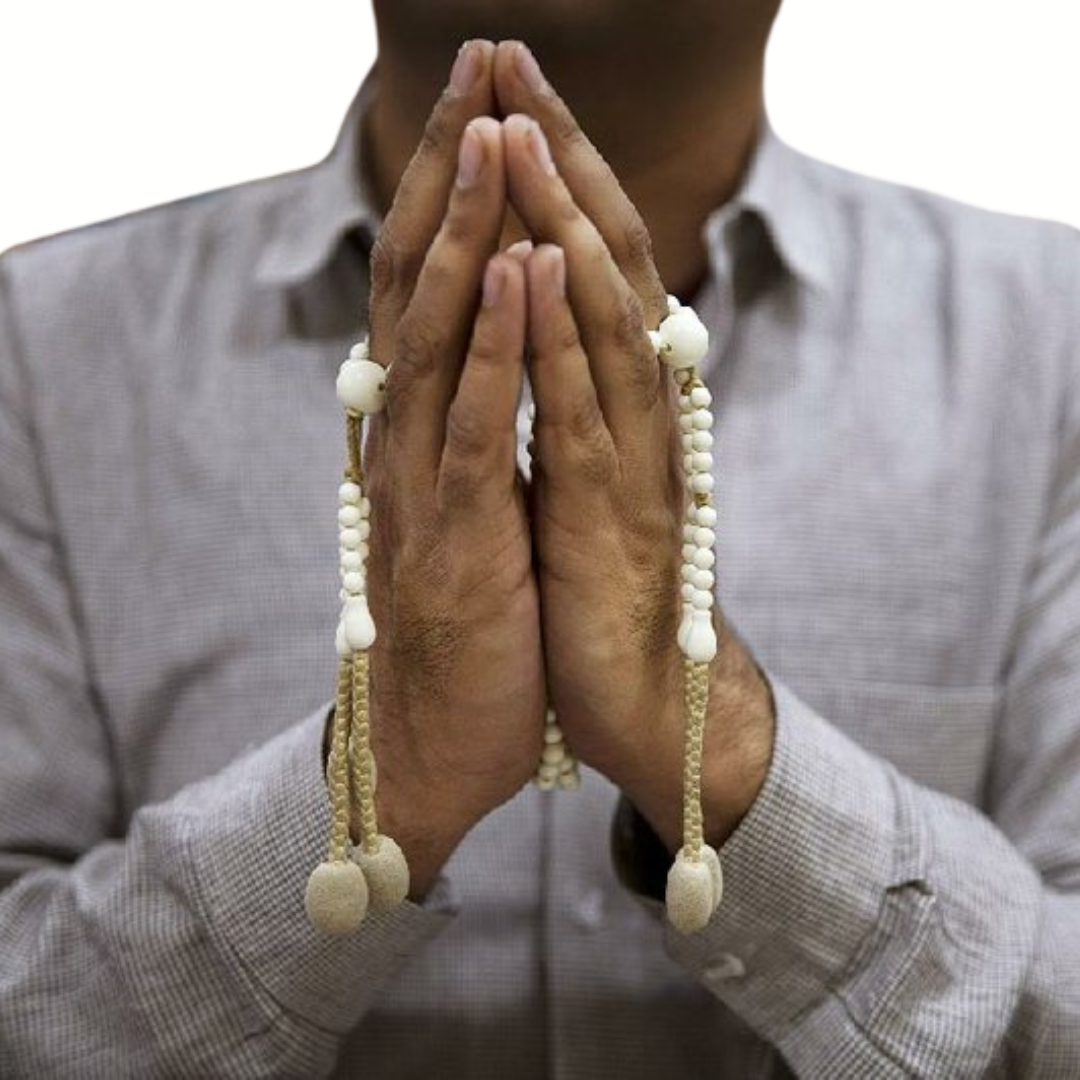Tiantai's Great Calming and Contemplation (J. Maka Shikan) offers us instruction how to practice. It is hundreds of pages all about that. I don't think I could fit it into just this blog. Nichiren lectured on this text his whole life. If I had to express what I think it is about in just a few words though I would say it is about cultivating a way of being fully present to each moment and letting that moment speak its truth to you without any interference on the part of your own delusions, assumptions, biases, and so on. How can you possibly do that? It is very hard, almost impossible to do that when you are doing daily activities with family, work, play or whatever because then you are caught up in your usual thoughts and feelings.
Tiantai broke these techniques down into four kinds of practices (by which he meant samadhis p, or a state of mental unification and clarity).
First, you can sit still day after day in silent meditation for a period of 90 days or so as a formal practice to see if you can just stop getting caught up in your regular ways of thinking and doing and just be present in quiet observation. This is a very hard and very focused practice.
Second, you can spend 90 days walking around a temple space chanting and thereby cutting through your regular thinking and doing through this dedicated and devotional practice. In some ways this is also a hard and focused practice but unlike silent sitting it at least allows you to move around and verbalize and even incorporates visualization practice - so instead of trying to do nothing but just sit and observe you are doing things that are focused on symbols that help you imagine what it would be like to be awake like a buddha.
Third, you could do a hybrid practice of sometimes sitting and sometimes walking and chanting for several weeks. This is less focused and therefore a little less hard than the first two practices but at the same time it allows the mind and body to simultaneously remain cluttered, busy and reactive. So, this one ends up being harder in respect to the first two which is being able to still the mind and body and just observe quietly and clearly.
Fourth, you could just live your normal life and try to constantly observe your bodily states, feelings, mental states, and phenomena generally and observe the unbiased truth about them. This may seem like the easiest and most natural practice of all, but it is the hardest practice of all of them because you are at the whims of your normal chaotic, self-centered, self-absorbed, anxious, and cluttered state of mind in circumstances that are busy and demanding.
However, the first three formal practices’ goal is enabling you to do the fourth one so you are serene and insightful at all times.
The Odaimoku, along with the supportive practices of sutra chanting and prayers (gongyo) is like those first three formal practices. It is our Nichiren Shu lineage’s way to give ourselves a time out from daily life to cultivate a state of quiet calm observation of ourselves and phenomena.
Are there other spiritual practices that cultivate calm and quiet observation? Yes, but as Buddhism points out, they have different motivations and perspectives. Our Nichiren Buddhist practice symbolically expresses through the Gohonzon mandala and Sacred Title of Odaimoku what we believe is the highest aim and perspective for all beings equally.
Ultimately, our goal is to go beyond symbols to reality itself, this transcendent experience is the Ceremony in the Air. We start with symbols to open our heart minds to this reality, and then we find that reality operates through symbols and is not apart from them. We see that words and symbols are all containers for these truths. In other words, it isn't just that skillful means are just provisional means to buddhahood, it's that buddhahood is all about the mastery of skillful means and utilizing them without being caught by them.
Namu Myoho Renge Kyo,
Ryuei McCormick Shonin

